Hydroponics, a method of growing plants without soil, relies on a nutrient-rich water solution to provide essential elements for plant growth. This method is particularly advantageous for growing raspberries, a fruit well-loved for its flavor and nutritional value.
Why Choose Hydroponics for Raspberries?
- Space Efficiency: Home hydroponic systems require less space than traditional soil cultivation, making them ideal for indoor environments.
- Controlled Environment: Growing indoors allows for better control over temperature, light, and humidity, key factors for raspberry growth.
- Reduced Pests and Diseases: Soil-less cultivation minimizes the risk of soil-borne diseases and pests.
- Higher Yield: Hydroponics can produce more fruit per square foot compared to traditional farming.
Selecting Raspberry Varieties
Not all raspberry varieties are equally suited for hydroponic cultivation. When choosing a variety, consider factors like growth habit (summer-bearing or ever-bearing), size, and flavor. Some popular hydroponic-friendly varieties include 'Heritage', 'Autumn Bliss', and 'Fall Gold'.
Understanding the Hydroponic Raspberry Growth Cycle
Raspberries have a unique growth cycle. They grow on canes that last two years. In the first year, they grow vegetatively (primocanes), and in the second year, they bear fruit (floricanes) before dying off. Understanding this cycle is crucial for effective pruning and harvesting.
Selecting a Hydroponic System for Indoor Raspberry Cultivation
There are few hydroponic system types for options
Drip System:
Best for Larger Setups: This system is highly efficient in larger indoor spaces.
Function: Delivers nutrient solution directly to the roots through a network of tubes, ensuring precise feeding.
Ebb and Flow (Flood and Drain):
Suited for Smaller Spaces: An excellent choice for compact indoor setups.
Operation: Regularly floods the root zone with nutrient solution, then drains it, providing an effective nutrient and oxygen balance.
Deep Water Culture (DWC) system:
A compact Deep Water Culture (DWC) system with integrated lighting is highly recommended.
Here's why:
Simplicity and Ease of Use: These systems are straightforward to set up and ideal for beginners.
How it Works: Plants are suspended in a solution, giving roots continuous access to nutrients and water.
Space Efficiency: They are designed to fit into smaller spaces, making them perfect for indoor use where space might be limited.
Integrated Lighting: These systems often come with built-in LED lighting, providing the necessary light spectrum for raspberry growth.
Low Maintenance: Requires minimal upkeep, with the plants suspended in a nutrient-rich water solution, ensuring constant access to both nutrients and oxygen.
How It Works
Continuous Nutrient Supply: The roots are submerged in a nutrient solution, providing uninterrupted access to essential nutrients.
Integrated Lighting System: The built-in LED lights deliver the right balance of light for optimal plant growth, replicating natural sunlight conditions.
Self-Contained and Aesthetic: These systems often come in sleek designs, making them not only functional but also a visually appealing addition to any indoor space.
How to set up an indoor hydroponic growing system?
Once you understand the principles of hydroponics and hydroponic growing, you can start building an indoor hydroponic growing system.
Here's a list of tools:Plastic containers or reservoirs
Mesh pots
Growing medium
Nutrient solution
pH test kit
Air Pumps and Air Stones
Water Pumps
Timers
Plant growth lights
Grids or support systems
Thermometers and hygrometers
However, I know that preparing all of these can be challenging for beginners, and you'll also need to gain expertise. Luckily, there are many new smart hydroponics growing systems available that make it easier for you to start your indoor hydroponic garden.

If you're interested, try the LetPot Max hydroponic garden kit, which features innovative automatic watering and nutrient functions and integration with an app. With these features, you can effortlessly begin hydroponic cultivation, even if you're a novice gardener.

Learn about LetPot® and customer stories:
- Growing Cherry Tomatoes Indoors: A Personal Tale of Juicy Rewards
- Enjoy Growing Cherry Tomatoes At Home - LetPot Indoor Hydroponic System
Nutrient Solution and Water Management for Hydroponic Raspberries
Preparing the Nutrient Solution:
Raspberries have specific nutritional needs that vary through their growth stages.
- Seedling Stage: Use a mild nutrient solution with higher nitrogen content to promote leaf and stem growth.
- Flowering and Fruiting Stage: Switch to a solution higher in potassium and phosphorus to support flowering and fruit development.

- pH Levels: Keep the pH level of the solution between 5.5 and 6.5. Use pH up or down solutions to adjust.

- EC Levels: Maintain an electrical conductivity level around 1.5 to 2.5 mS/cm, indicating the strength of the nutrient solution.
Water Management:
- Recirculating System: Regularly check and adjust the nutrient solution to maintain proper pH and EC levels.
- Top-Up: Add water to the reservoir to compensate for evaporation and plant uptake. Use plain, pH-balanced water for this purpose.
- Changing the Solution: Replace the entire nutrient solution every 2 to 3 weeks to prevent nutrient imbalances and salt build-up.
Monitoring and Adjusting:
- Regular Testing: Use pH and EC meters to regularly test the nutrient solution.
- Observation: Pay attention to plant appearance. Yellowing leaves or slow growth can indicate nutrient deficiencies or imbalances.
- Calibration: Regularly calibrate your meters to ensure accurate readings.
Pruning Hydroponic Raspberries
Importance of Pruning:
Pruning in raspberry cultivation is crucial, especially in an indoor hydroponic system, for several reasons:
- Encourages Fruit Production: Proper pruning leads to healthier canes, which bear more fruit.
- Disease Control: Removing old or diseased canes minimizes the risk of disease spread.
- Aeration and Light Penetration: Pruning ensures an open structure, enhancing air circulation and light penetration, which is vital in a controlled indoor hydroponic system.
- Pruning Techniques Considering Indoor Hydroponic System
Primocanes (First-Year Canes):
- Height Management: Trim these canes to about 3 feet. This height is optimal for indoor hydroponic system setups where space and light distribution can be limited. Shorter canes ensure even light exposure and easier maintenance.
- Promoting Branching: This height encourages the development of lateral branches, which are the fruit-bearing parts of the plant.
Floricanes (Second-Year Canes):
- Post-Harvest Removal: After fruiting, these canes won't bear fruit again and should be removed at the base. This also helps manage the plant's size within the indoor hydroponic system.
Lateral Branches:
- Length Consideration: Trim lateral branches to 6-12 inches. This length supports larger berry production and ensures that the branches don't overextend in the confined space, which could affect light distribution and air flow around the plant.
- Training Systems Adapted for Indoor Hydroponics
Trellis System:
- Support and Structure: A trellis system is essential for supporting canes and maintaining an organized structure in the limited space of an indoor setup.
- Vertical Growth Advantage: This system is particularly beneficial for ever-bearing varieties and optimizes vertical space, an important factor in indoor gardens.
Tying Canes:
- Securing for Optimal Exposure: Gently tie canes to the trellis with soft ties. This ensures even distribution and maximum exposure to light, which is crucial in an environment where natural light might be limited.
Seasonal Pruning Adapted to Indoor Conditions
Winter Pruning:
- Preparation for Growth: During dormancy, focus on removing weak, damaged, or diseased canes to prepare for the upcoming growing season within the spatial constraints of an indoor setup.
Summer Pruning:
- Regular Maintenance: Trim excess growth throughout the growing season to maintain the desired shape and improve air circulation, considering the limited air flow of indoor environments.
Common Pests and Diseases in Hydroponic Raspberries:
Pests Even in hydroponic systems, raspberries can be susceptible to certain pests.
- Spider Mites: Tiny mites that cause yellowing of leaves. Use neem oil or insecticidal soap for control.
- Aphids: Small insects that feed on plant sap, leading to distorted growth. Introduce beneficial insects like ladybugs, or use organic sprays.
- Whiteflies: These pests can cause stunting and yellowing of leaves. Yellow sticky traps or insecticidal soaps can be effective.
Disease management is crucial in maintaining a healthy raspberry crop.
1. Root Rot
- Symptoms: Brown, slimy roots, stunted growth, and wilting leaves.
- Causes: Overwatering, poor aeration, and fungal pathogens like Pythium.
- Solutions:
- Ensure proper oxygenation of the nutrient solution.
- Regularly change the nutrient solution to prevent pathogen buildup.
- Use hydroponic systems like DWC (Deep Water Culture) with air stones to improve oxygen levels.
- Consider using organic fungicides or beneficial bacteria that combat root rot pathogens.
2. Botrytis Cinerea (Gray Mold)
- Symptoms: Gray, fuzzy mold on berries and leaves, especially in humid conditions.
- Causes: High humidity and poor air circulation.
- Solutions:
- Maintain lower humidity levels in the growing area.
- Improve air circulation with fans.
- Keep the foliage dry; avoid overhead watering.
- Remove infected plant parts immediately to prevent spread.
- As a preventive measure, use organic fungicides like copper-based sprays.
3. Powdery Mildew
- Symptoms: White, powdery spots on leaves and stems.
- Causes: High humidity and poor air circulation.
- Solutions:
- Increase air circulation around plants.
- Reduce humidity levels in the growing area.
- Expose plants to adequate light.
- Use milk-water solution or sulfur-based fungicides as a treatment.
4. Viral Diseases
- Symptoms: Mosaic patterns on leaves, stunted growth, or distorted fruit.
- Causes: Virus transmission through pests like aphids.
- Solutions:
- Control aphid populations.
- Remove and destroy infected plants to prevent spread.
- Use virus-free plant material for propagation.
5. Preventive Measures
- Regular Inspections: Regularly check plants for signs of pests or diseases.
- Hygiene: Keep the growing area clean. Sterilize tools and equipment to prevent the spread of pathogens.
- Environmental Control: Maintain optimal temperature and humidity levels.
- Beneficial Microbes: Introduce beneficial microbes into the nutrient solution to help protect roots from pathogens.
FAQ: Growing Hydroponic Raspberries Indoors
Q1: How long does it take for hydroponic raspberries to bear fruit?
- A: Depending on the variety and growing conditions, raspberries can start bearing fruit in the second year after planting canes. Ever-bearing varieties may produce fruit in the first year.
Q2: Can I grow raspberries hydroponically all year round?
- A: Yes, with indoor hydroponics, you can control the environment to allow year-round cultivation, though you may need to simulate seasonal light and temperature conditions.
Q3: What is the ideal pH level for hydroponic raspberries?
- A: The ideal pH range for hydroponic raspberries is between 5.5 and 6.5. Regular monitoring and adjustments are necessary.
Q4: How often should I change the nutrient solution in my hydroponic system?
- A: It's recommended to change the nutrient solution every 2 to 3 weeks to prevent nutrient imbalances and build-up of harmful substances.
Q5: Can I use tap water for my hydroponic raspberry system?
- A: Yes, but it's important to test the water quality first. High levels of chlorine or unfavorable pH levels might require treatment before use.
Q6: Do hydroponic raspberries need pollination?
- A: While some varieties are self-pollinating, others may benefit from manual pollination or the presence of bees, if grown in a semi-open environment.
Q7: What are the signs of nutrient deficiencies in hydroponic raspberries?
- A: Yellowing leaves can indicate nitrogen deficiency, while poor flowering and fruiting might suggest a lack of phosphorus or potassium.
Q8: How can I increase fruit yield in my hydroponic raspberry plants?
- A: Ensure optimal nutrient levels, adequate lighting, proper pruning, and maintain ideal temperature and humidity levels.
Other Plant Hydroponic Growing Tips
If you are also interested in other hydroponic plants, please read related articles.
- How to grow hydroponic kale: A Beginner’s Guide
- How to Grow Lettuce Indoors Hydroponically: A Detailed Guide
- How to grow thyme hydroponically: A Comprehensive Guide
- How to grow rosemary hydroponically: A Comprehensive Guide
- How to grow cilantro hydroponically indoors: A Beginner’s Guide
- How To Grow Spinach Indoors Hydroponically: Growing Tips
Some hydroponics growing plantings share with others
My Indoor Lettuce Growing Adventure: A Fresh Journey to Homegrown Greens
My indoor hydroponic spinach growing journey
Growing Cherry Tomatoes Indoors: A Personal Tale of Juicy Rewards


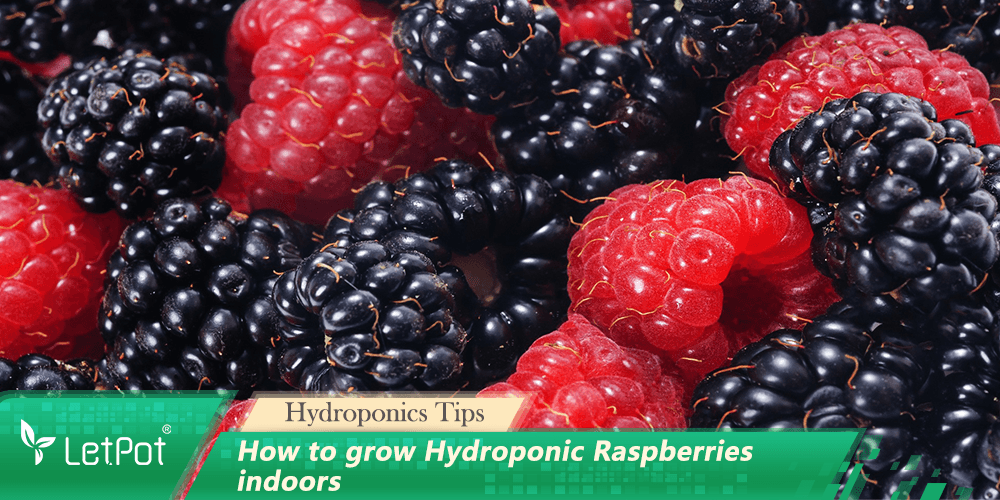
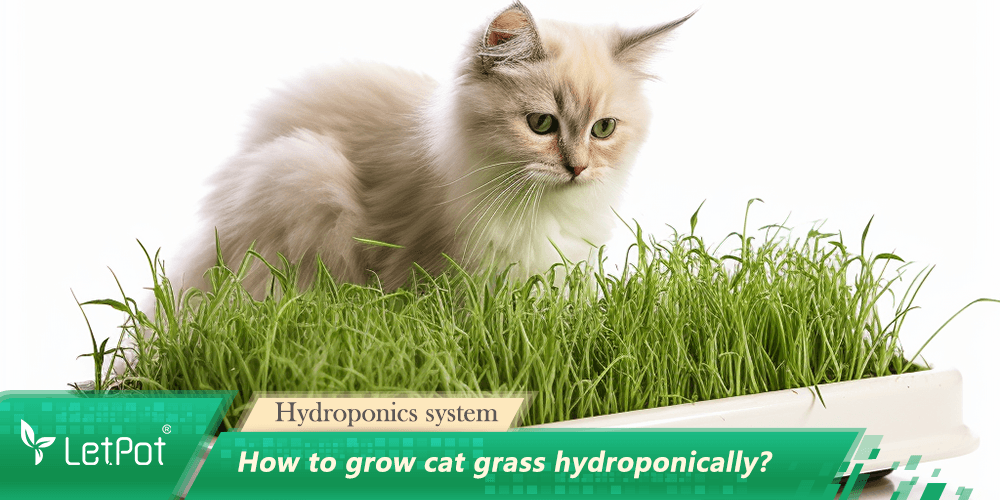
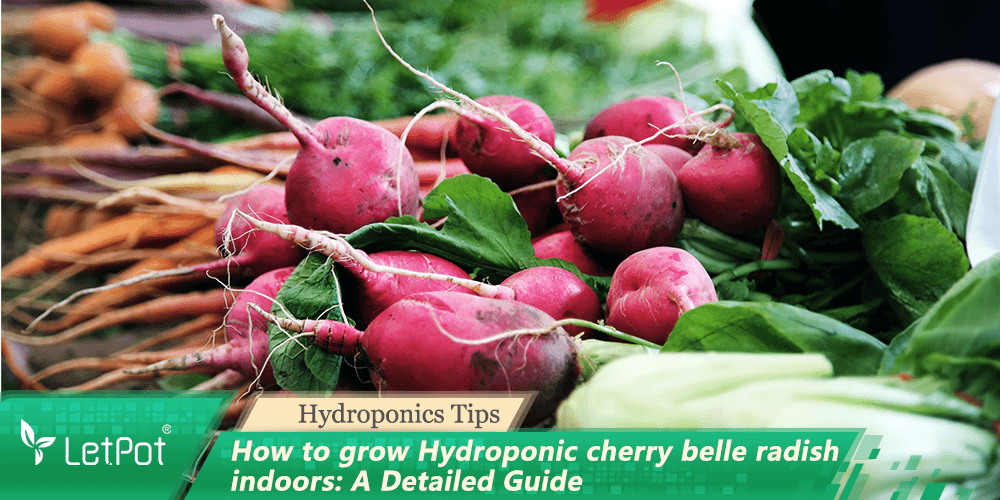
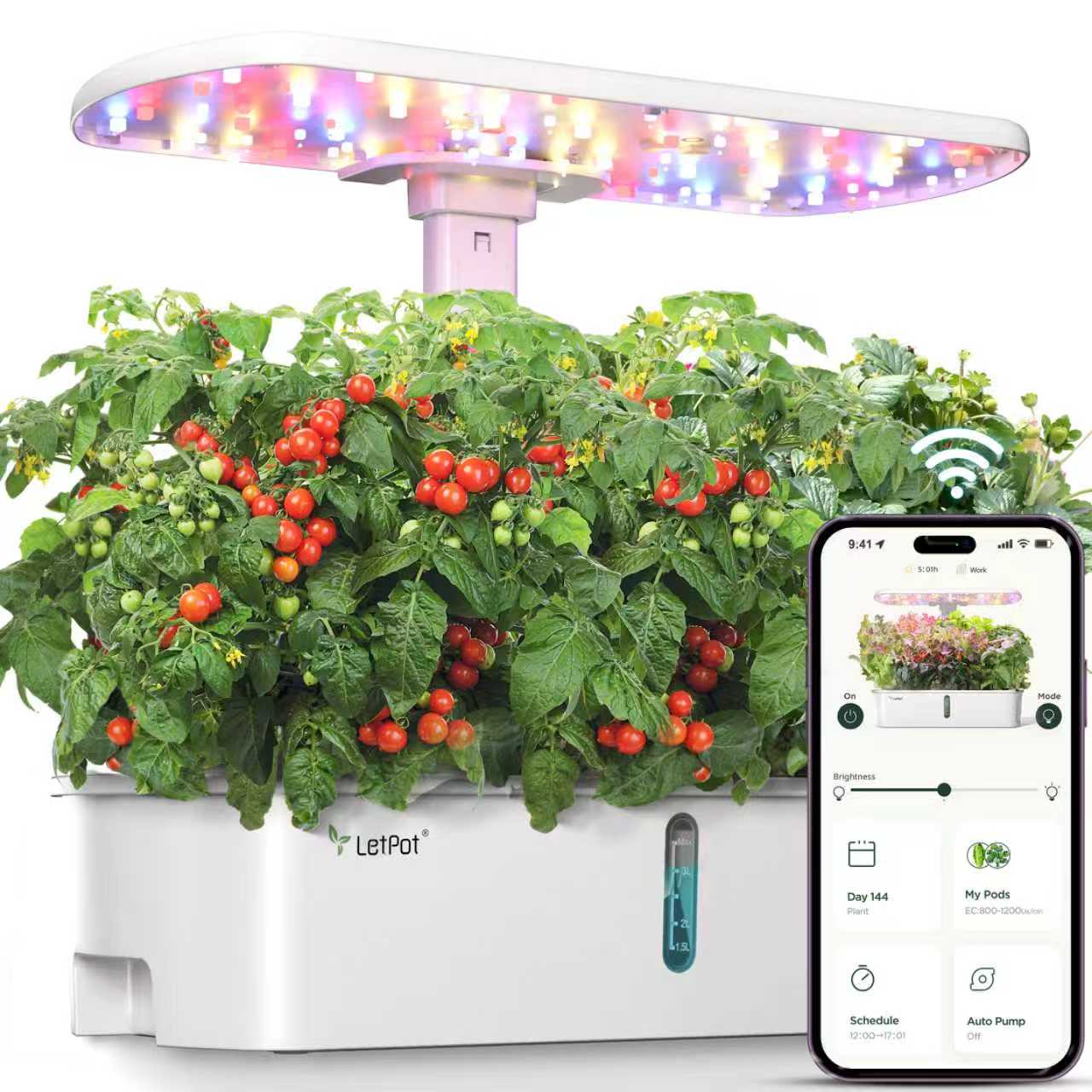
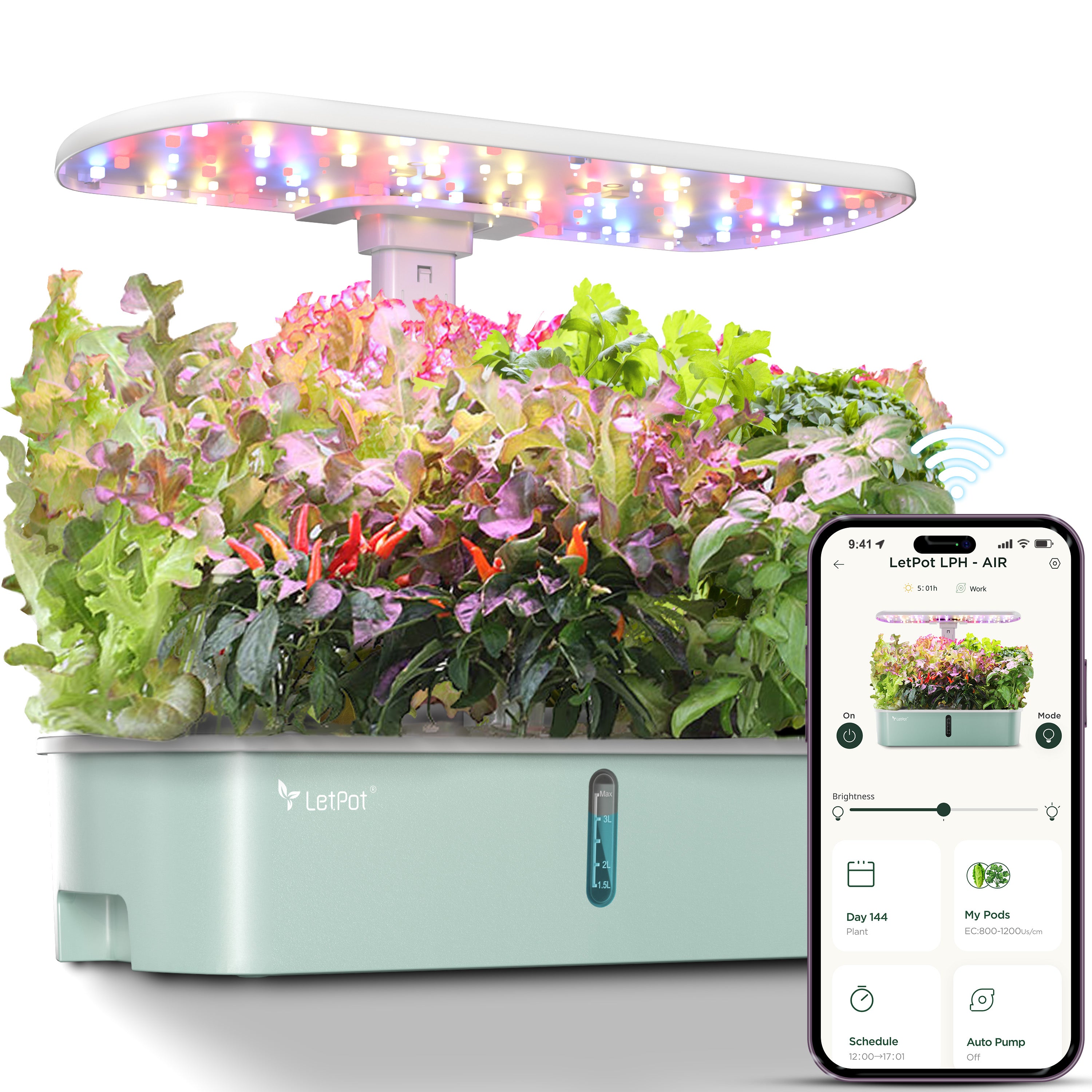
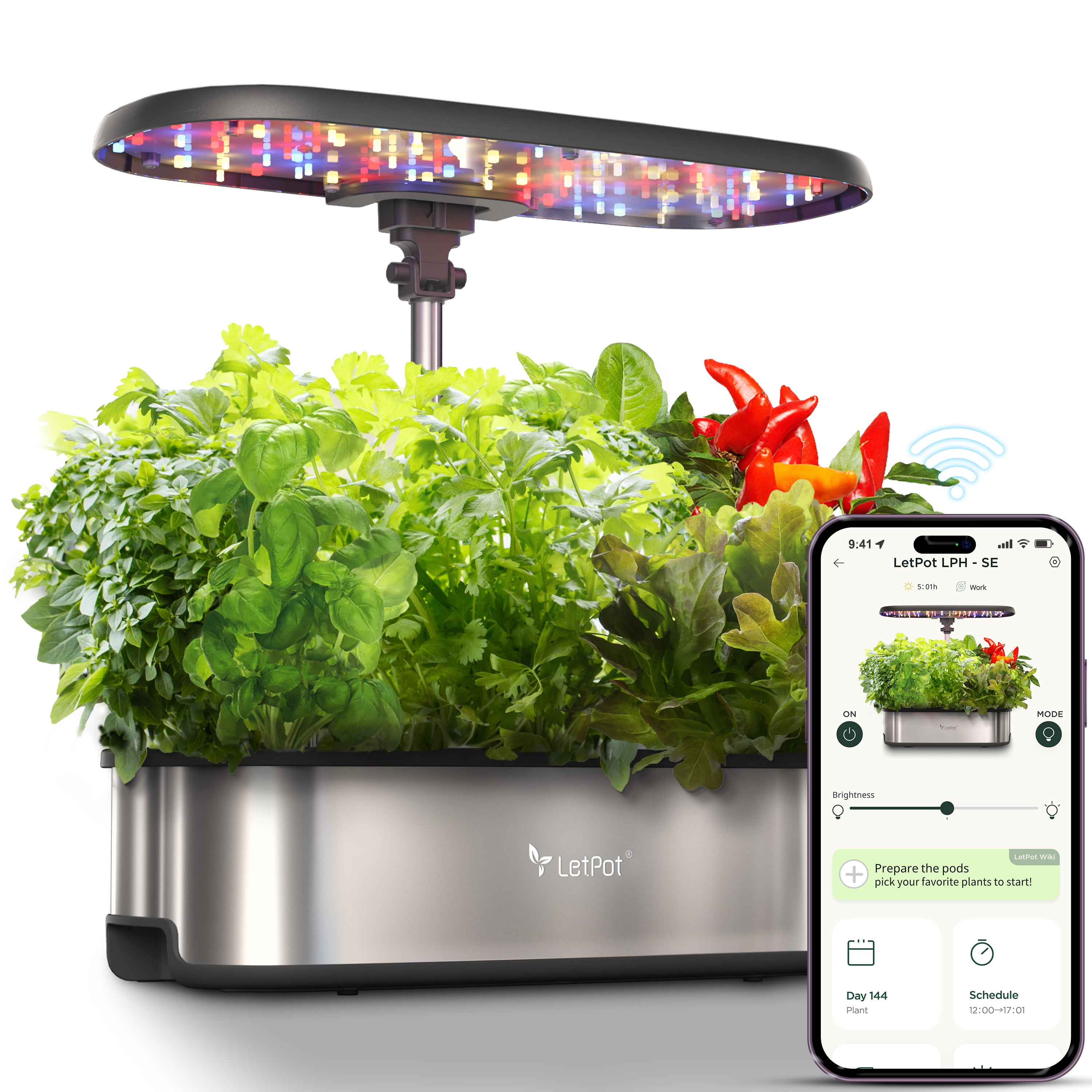
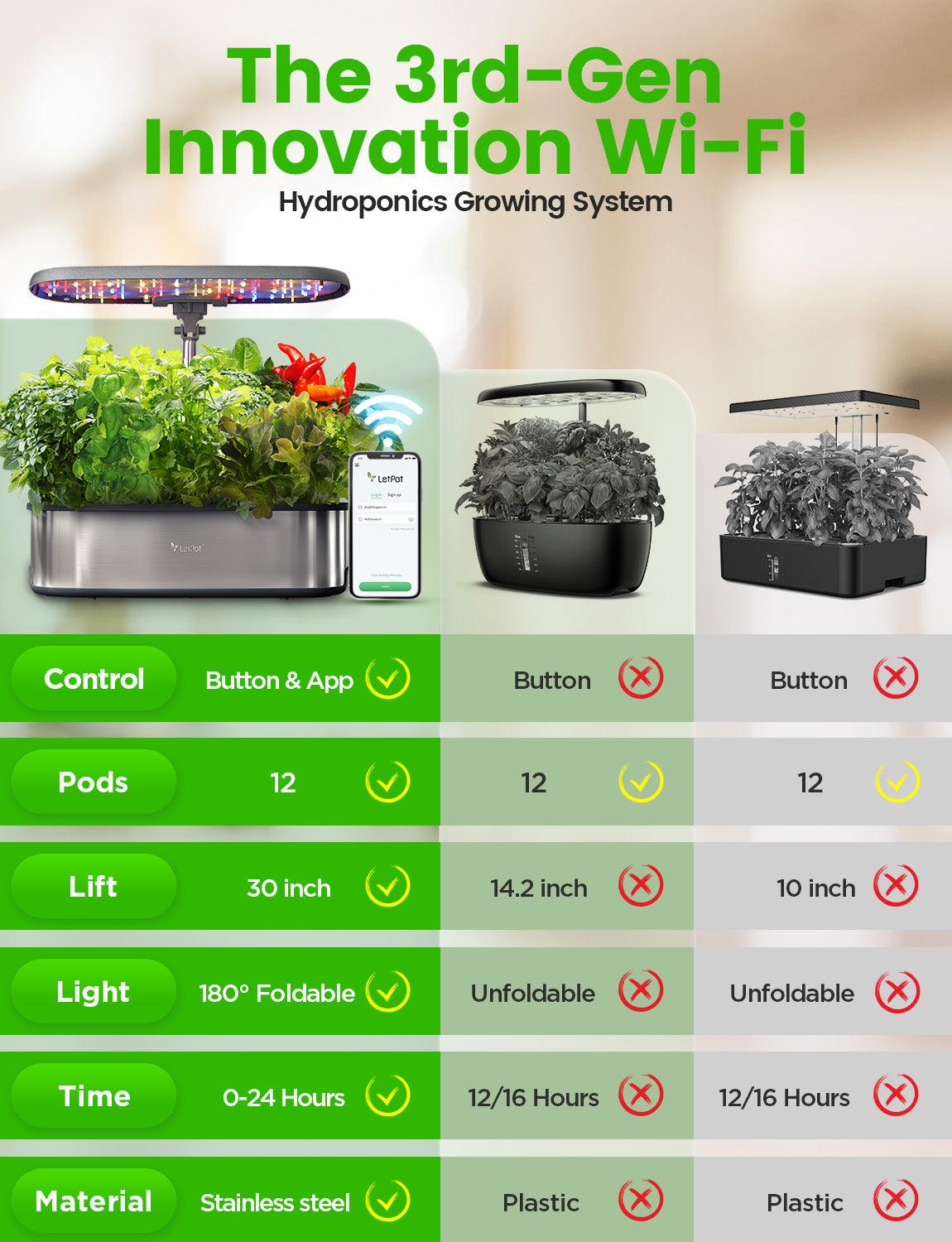
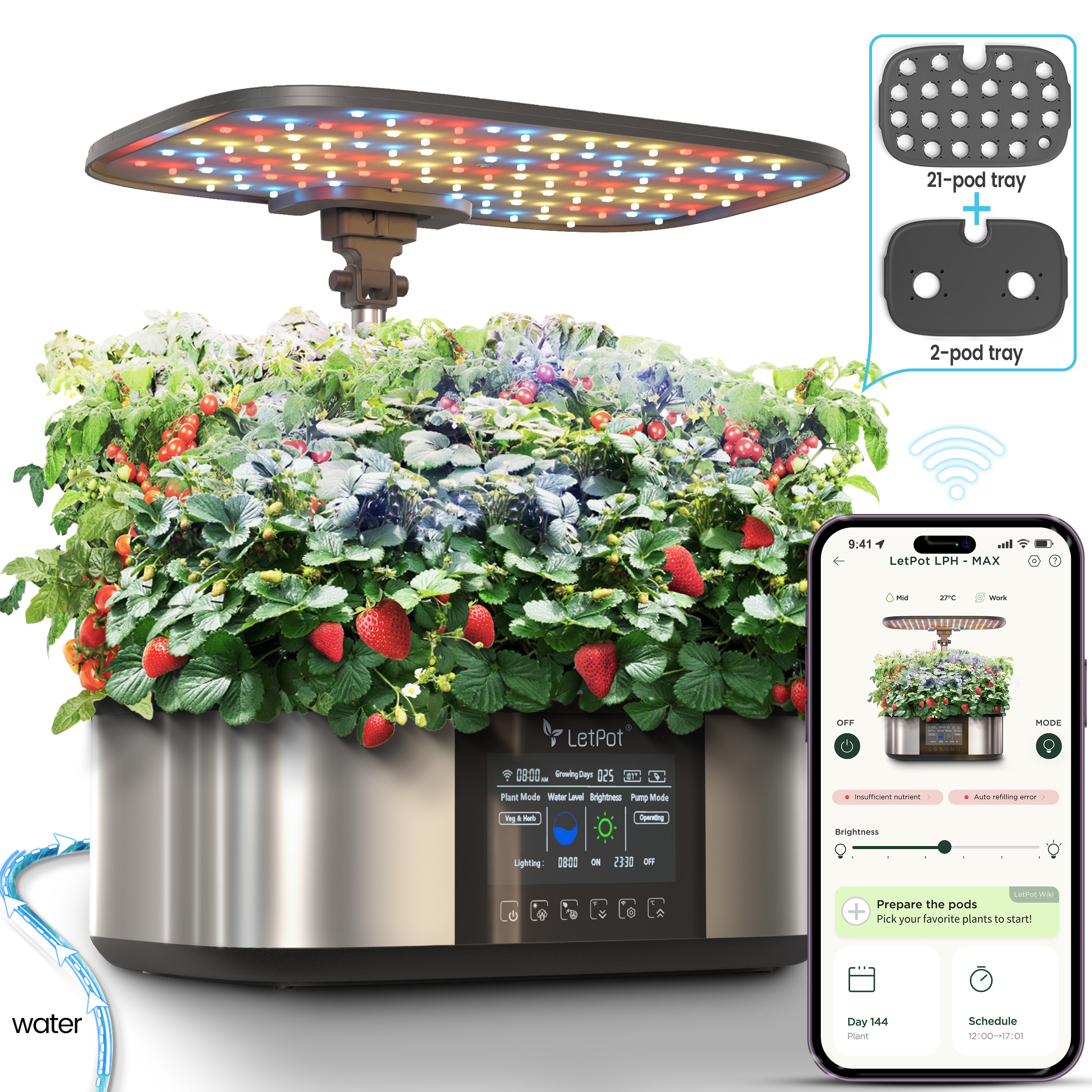
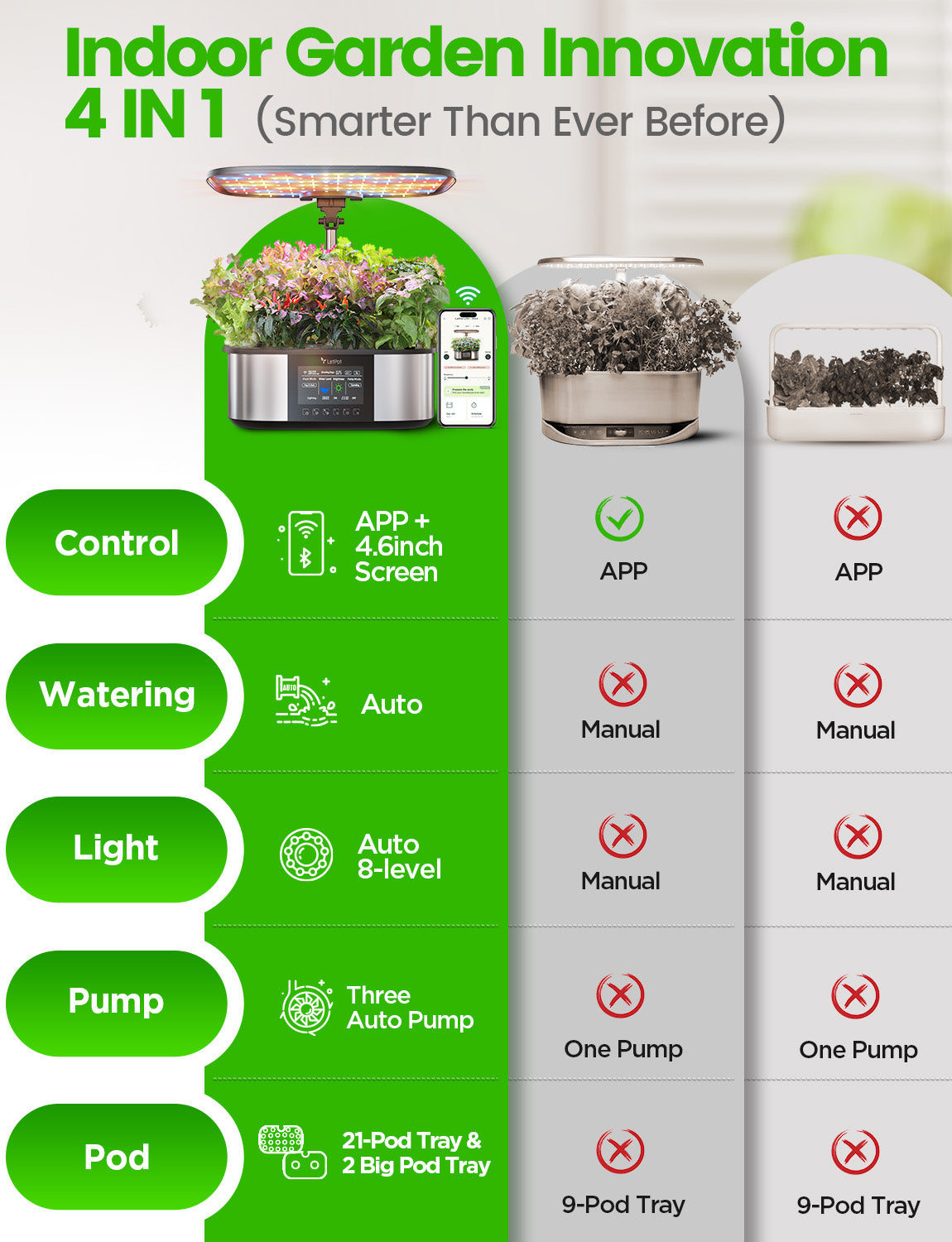
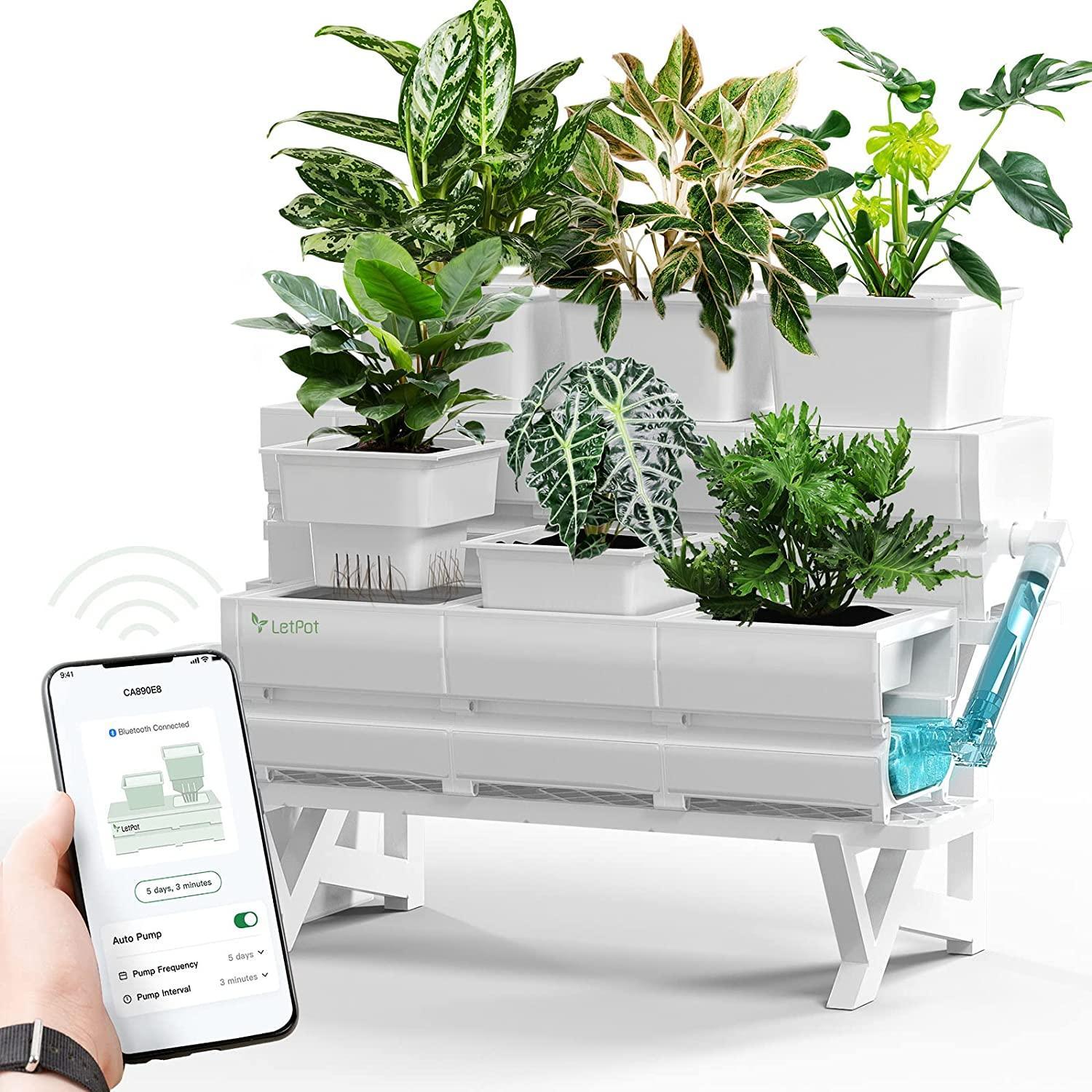
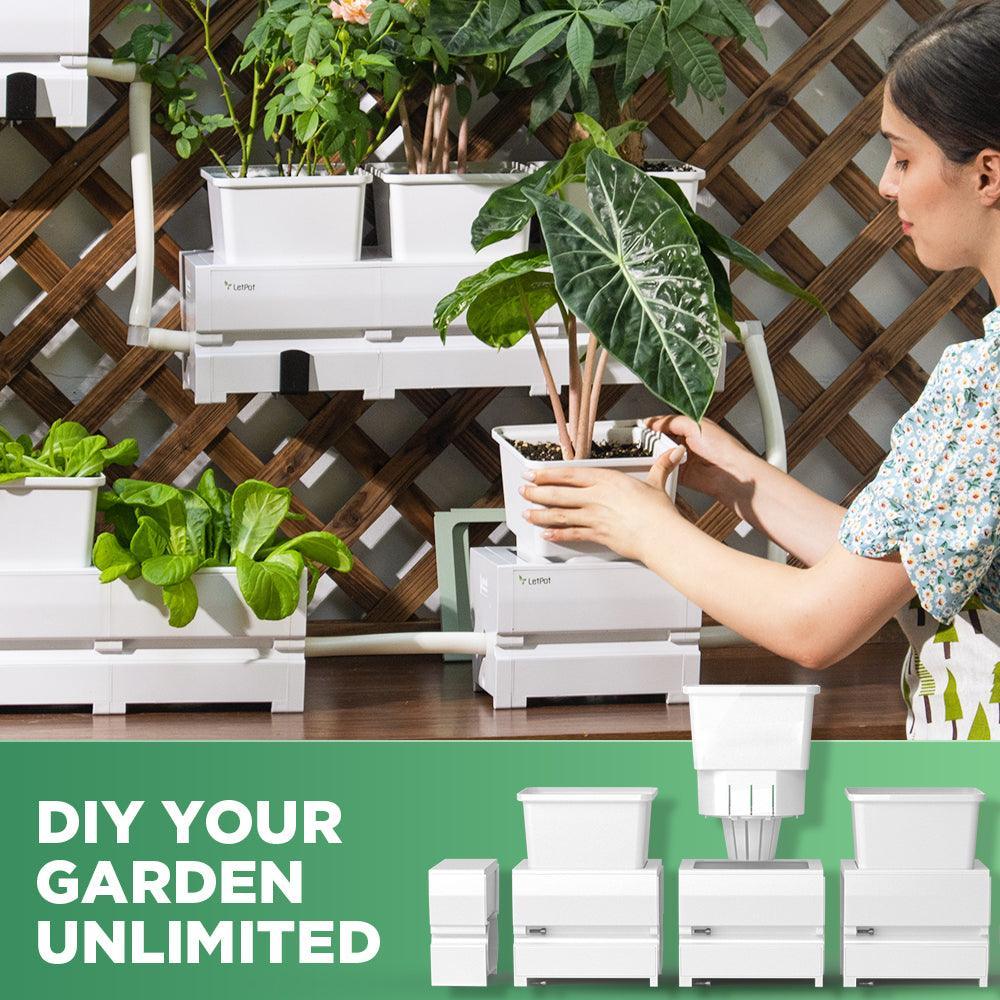
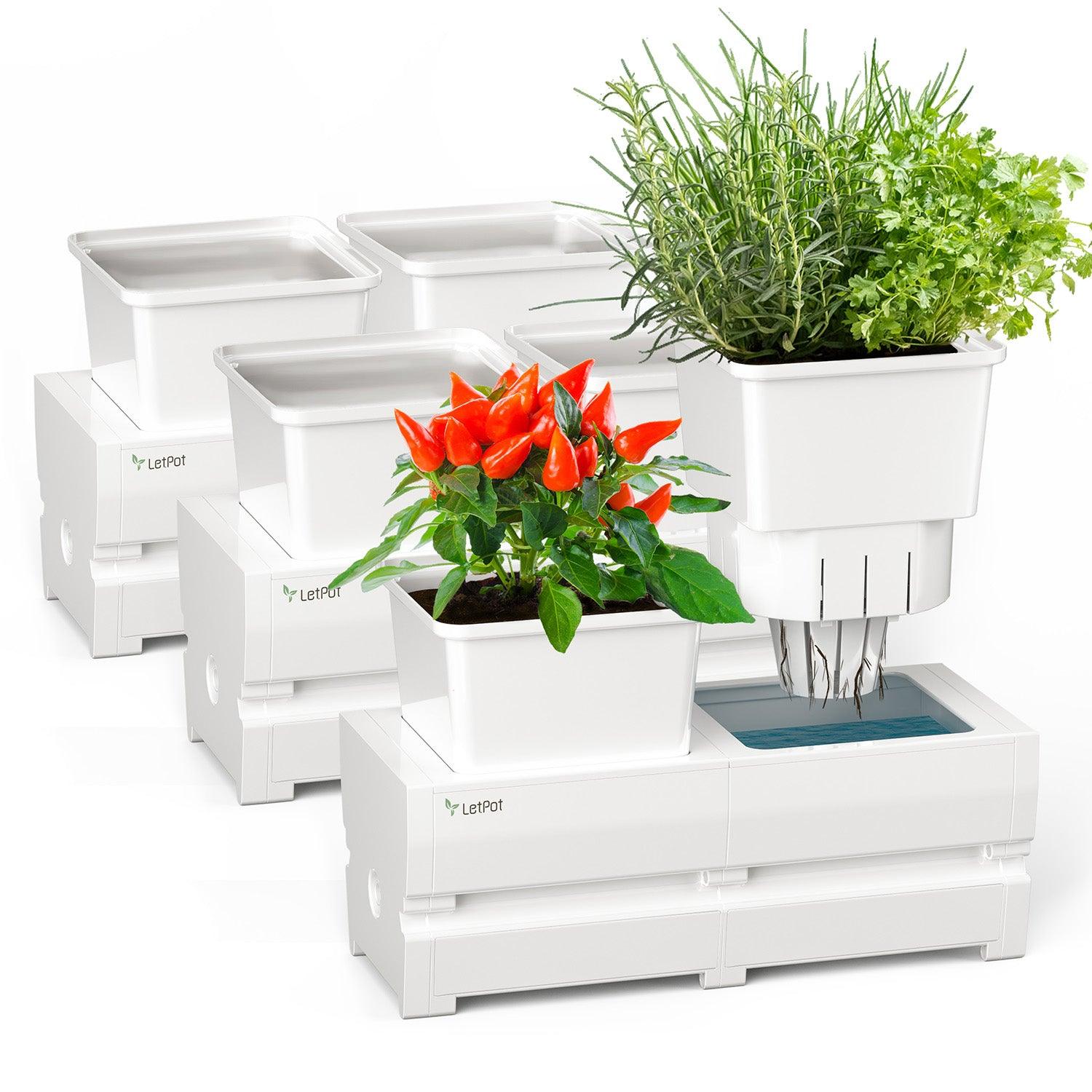


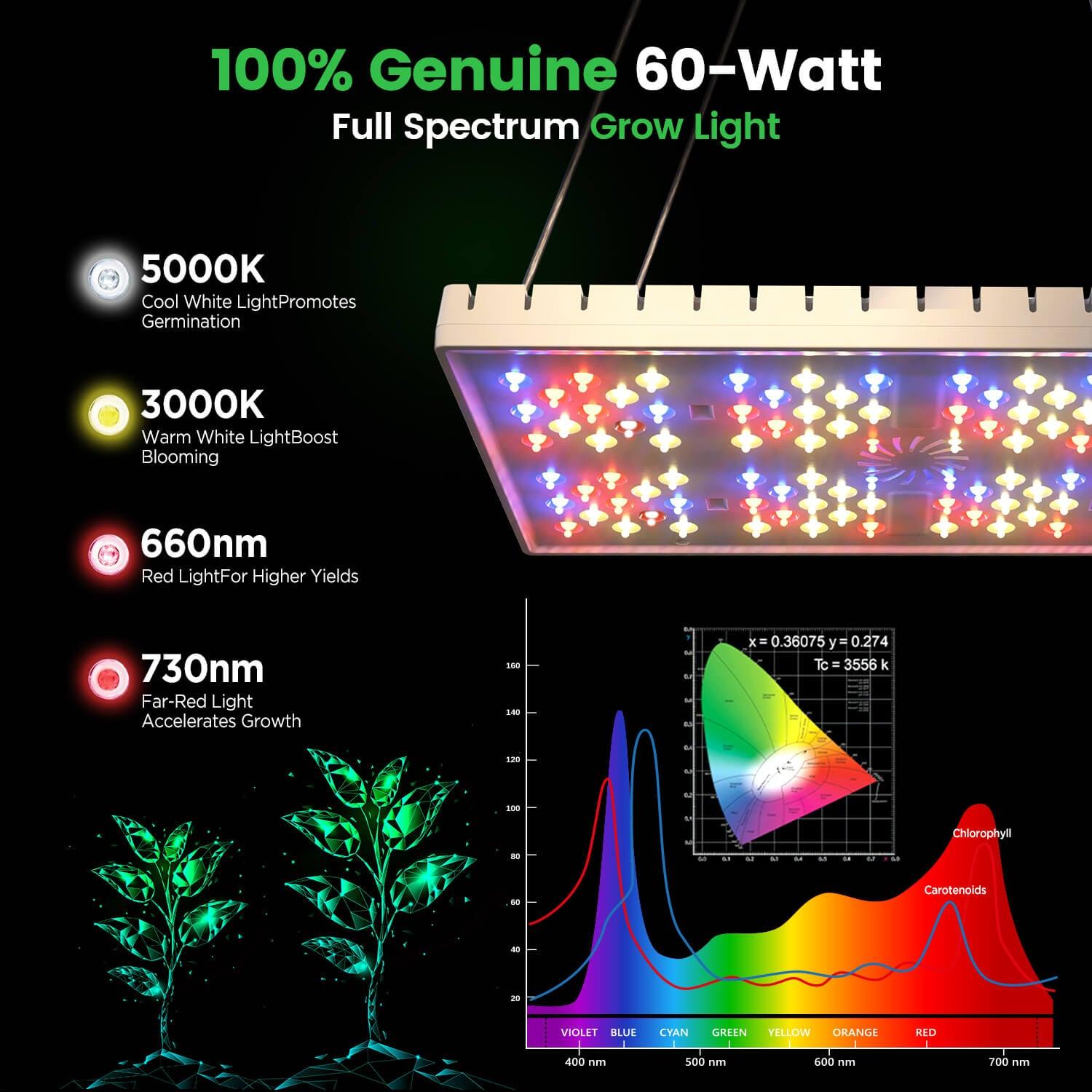
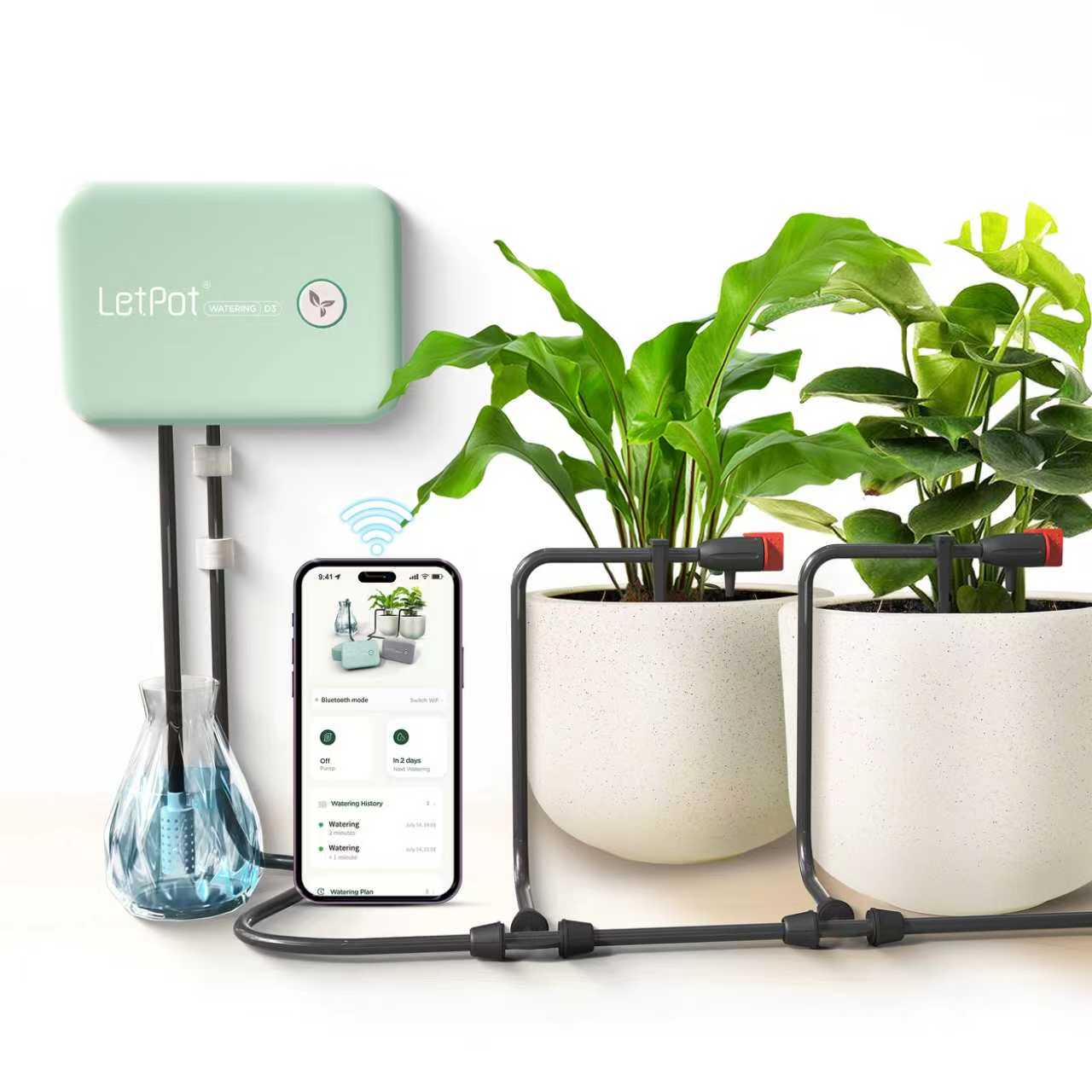

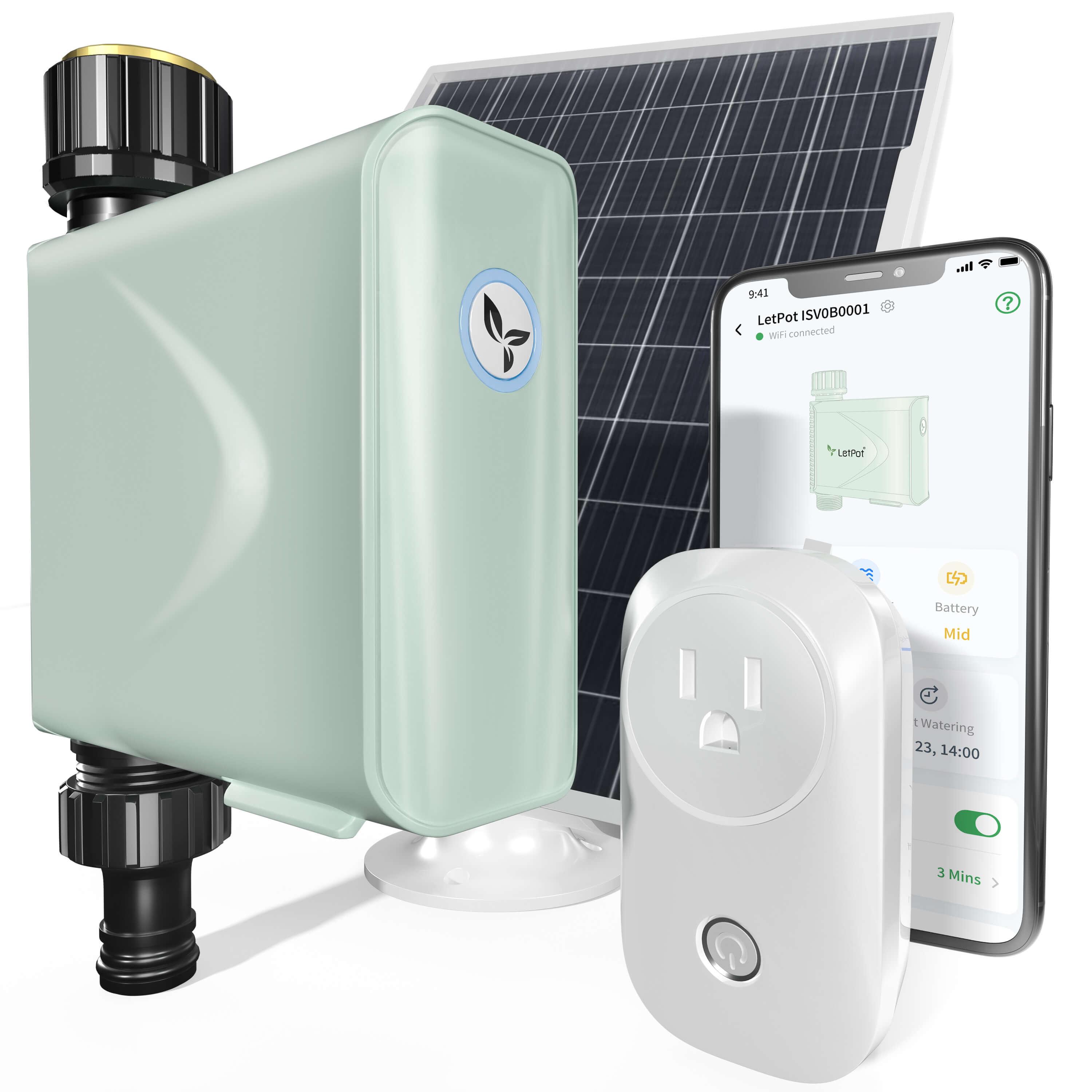
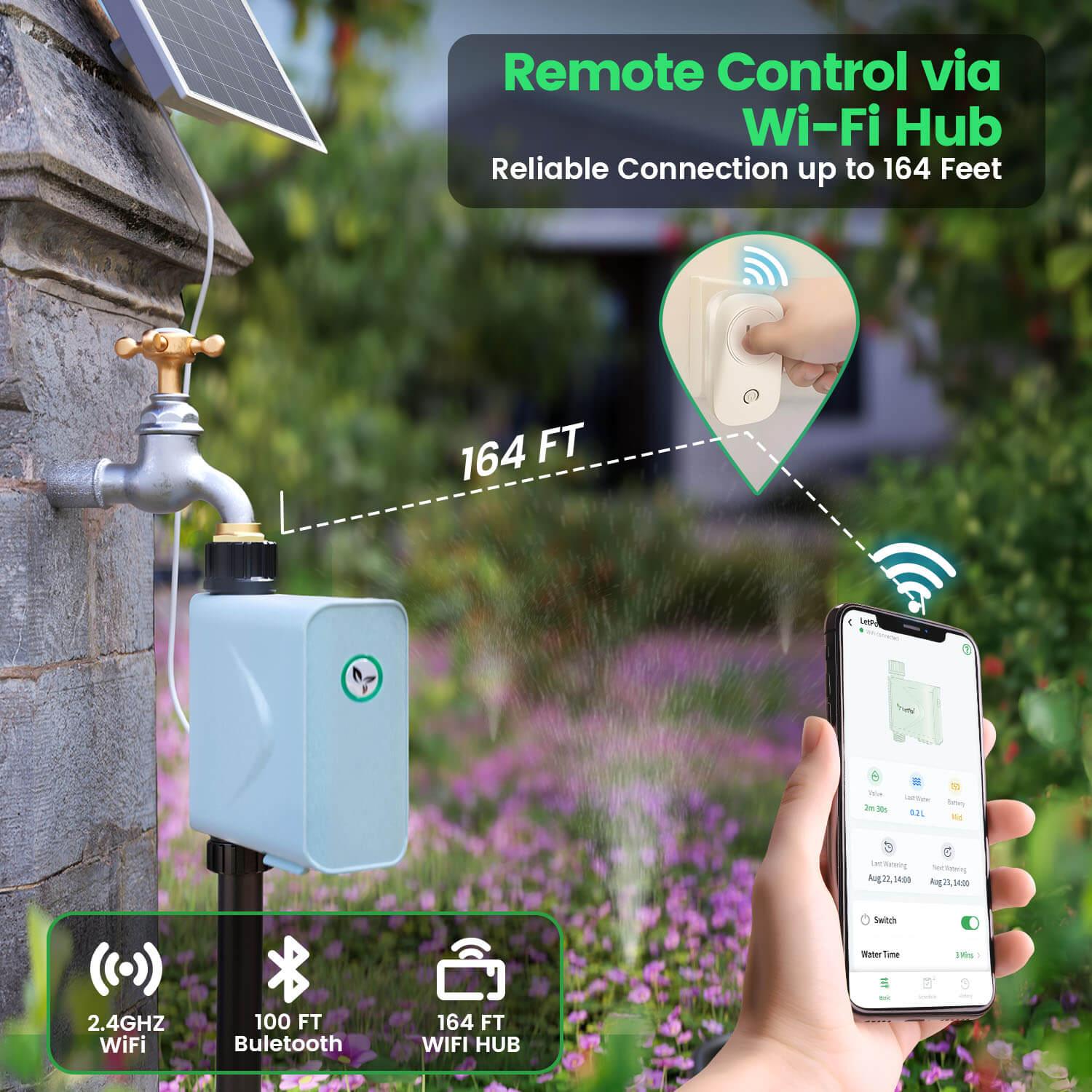

Leave a comment
All comments are moderated before being published.
This site is protected by hCaptcha and the hCaptcha Privacy Policy and Terms of Service apply.